The Unbelievable Story of Juliane Koepcke, Who Survived a Plane Crash and the Amazon
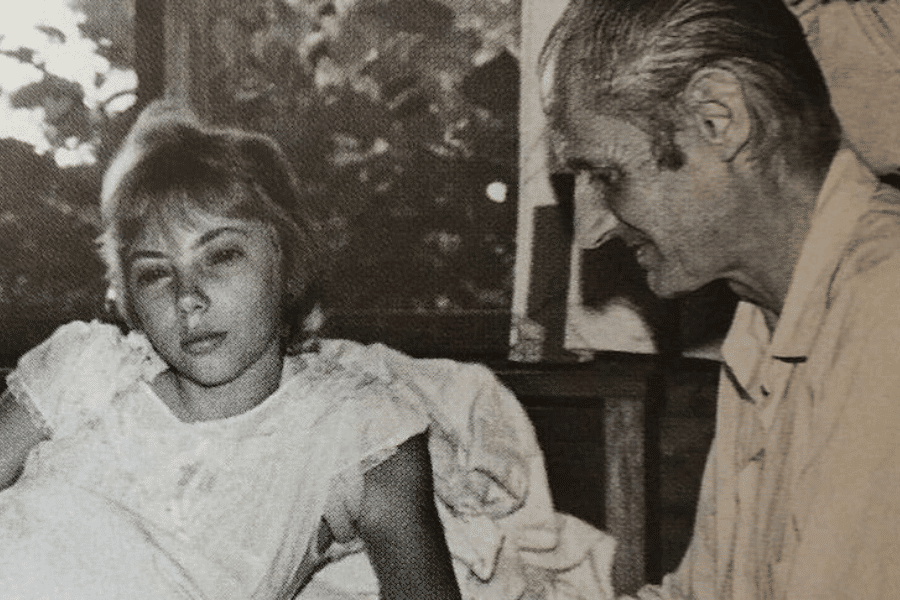
When Juliane Koepcke fell from the sky, survival seemed impossible. Crashing into the Amazon jungle from 10,000 feet, she endured injuries, isolation, and loss—yet emerged alive. This is the astonishing true story of a teenager whose calm instincts and quiet strength turned a nightmare into one of history’s greatest survival feats.
Juliane Koepcke: The Teen Who Took an Unplanned Sky Dive

At 17, Juliane Koepcke became an unintentional skydiver. Her impromptu descent wasn’t from a plane door but from a disintegrating aircraft mid-flight over the Peruvian rainforest.
Born to German zoologists, Juliane was accustomed to nature’s wonders. However, nothing prepared her for a free-fall through the Amazon canopy.
Her survival story is not just about the fall but also about the resilience and knowledge that guided her through the jungle for days.
LANSA Flight 508: A Date with Disaster

On December 24, 1971, LANSA Flight 508 departed Lima, Peru, destined for Pucallpa. The holiday flight carried 92 souls, including Juliane and her mother.
Mid-flight, the aircraft encountered a severe thunderstorm. Lightning struck the plane, causing catastrophic failure and leading to its mid-air disintegration.
This tragic event resulted in the deaths of 91 passengers and crew, leaving Juliane as the sole survivor. Some people called it luck; some people believed it was a miracle.
Lightning Strikes: The Sky’s Electric Wrath

The Lockheed L-188 Electra was ill-equipped to handle the storm’s fury. A lightning bolt ignited a fuel tank, leading to the aircraft’s structural failure.
Passengers experienced a terrifying descent as the plane broke apart. Juliane, still strapped to her seat, was ejected and began her plunge toward the jungle below. How horrifying that would be!
The combination of lightning and structural weaknesses sealed the fate of Flight 508.
The Fall: Tumbling Through the Green Abyss

Juliane’s two-mile free-fall was partially cushioned by the dense rainforest canopy. The interwoven branches and vines slowed her descent, increasing her chances of survival.
Despite the canopy’s buffer, she sustained injuries: a broken collarbone, deep cuts, and a concussion. Yet, she remained conscious enough to assess her situation.
Her survival was a blend of sheer luck and the natural net provided by the jungle’s foliage. But surviving the crash wasn’t her challenge alone…
Awakening: Alone in the Heart of Darkness
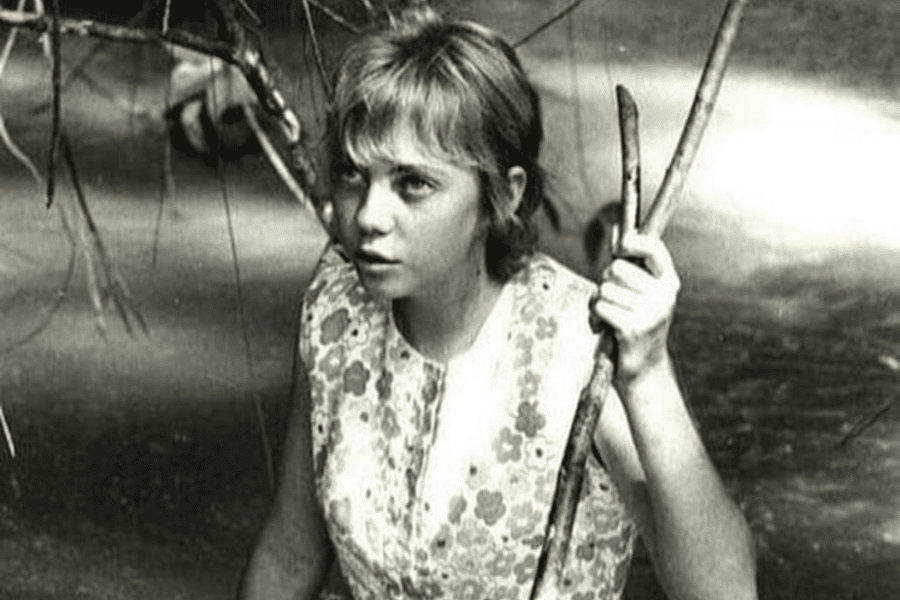
Regaining consciousness, Juliane found herself alone amidst the vast Amazon. Yes, the Amazon Forest! The cacophony of wildlife replaced the familiar hum of civilization.
With limited supplies and injuries, she faced the daunting task of navigating an unfamiliar and hostile environment.
Her immediate realization was the absence of other survivors, including her mother, amplifying her isolation. Poor Juliane.
Jungle Training: Lessons from Zoologist Parents
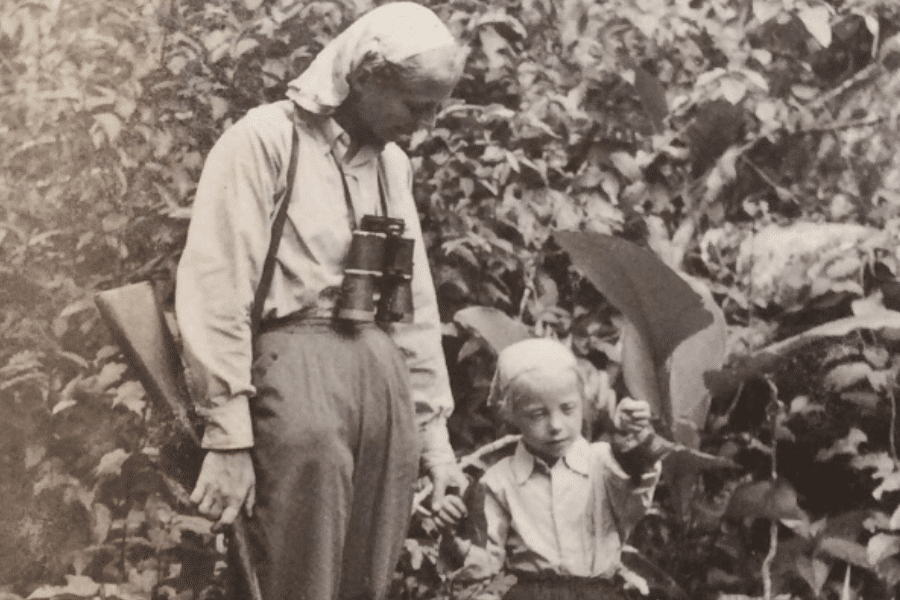
Juliane was raised by zoologist parents, who gave her unique insights into the rainforest’s ecosystem and essential survival skills.
She recognized edible plants and understood the behaviors of potential predators, knowledge that proved invaluable during her ordeal.
Her familiarity with the jungle transformed a lethal environment into a navigable challenge. It’s weird to say that her parents might’ve prepared her for this moment.
Following Water: Nature’s Compass

Recalling her father’s advice, Juliane sought a water source, knowing it could lead to human habitation. She discovered a small stream and decided to follow its course.
Streams merge into larger rivers, often leading to settlements. This strategy increased her chances of rescue.
Waterways also provided hydration and a clearer path through the dense underbrush.
Wounds and Wildlife: Battling the Elements
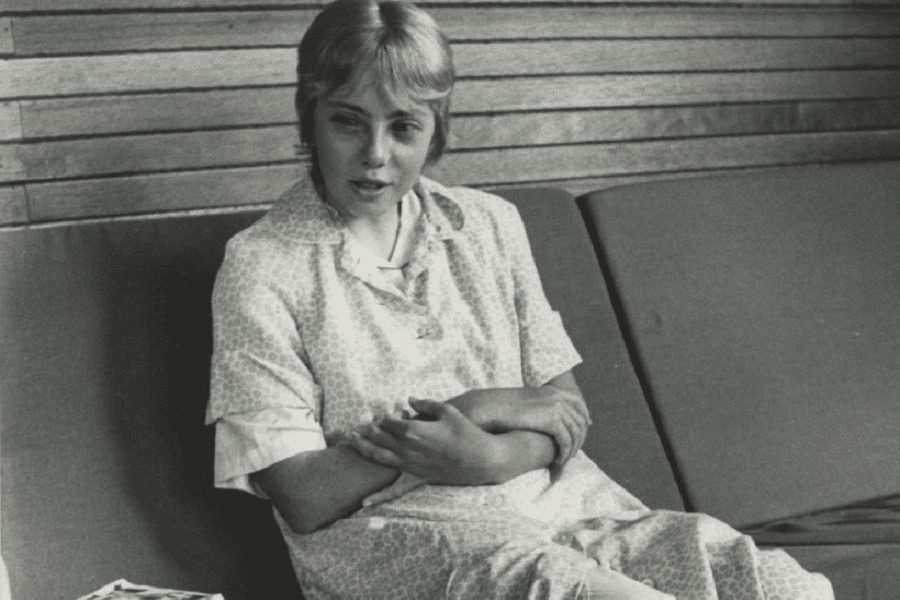
Juliane’s injuries posed significant challenges. A broken collarbone limited her mobility, while deep cuts risked infection in the humid jungle environment.
Insects, especially mosquitoes, were relentless! Without protective clothing, she endured constant bites, increasing the risk of disease. You know how badass the mosquitoes in the Amazon Forest are.
Despite these hardships, she pressed on, driven by an innate will to survive. No challenge can put Juliane down because her family is waiting for her.
Maggot Infestation: A Grisly Jungle Reality

Juliane found a nearby logging camp where gasoline was stored. She remembered how it helped remove parasites from animals and decided to give herself some jungle-style first aid. Yes, her wounds were infested with maggots!
The gasoline burned like betrayal, but it worked. The maggots fled the scene like they’d been evicted from a bug rave. It was painful but incredibly effective.
This moment was pivotal. Not only did she take charge of her own medical crisis, she also showed the kind of grit that makes action movie heroes look like kindergarteners.
The Logging Camp: Finally, Humans
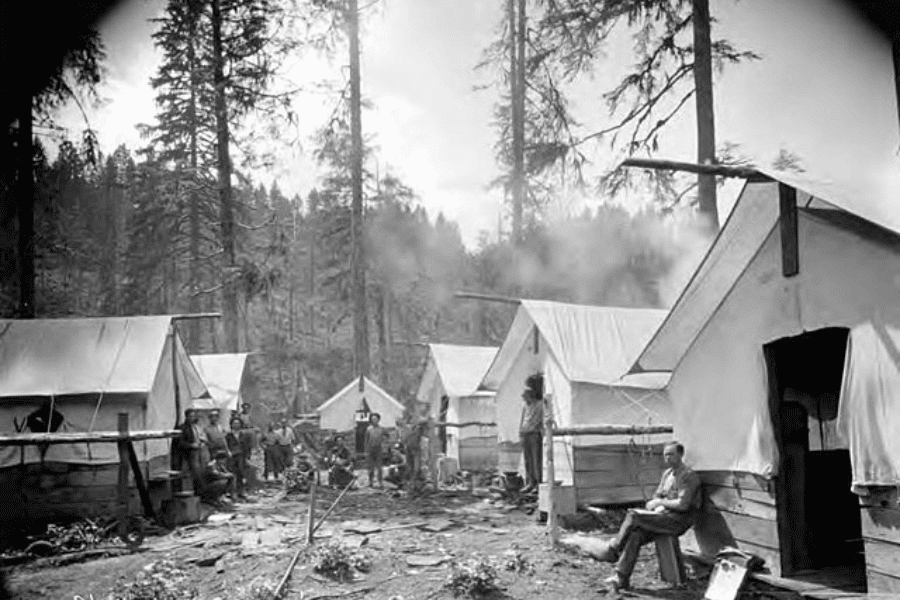
After ten days of nature’s toughest obstacle course, Juliane stumbled across a tiny logging camp. No welcome mat, but definitely a game-changer.
The workers initially thought she was a forest spirit or hallucination. Who wouldn’t, seeing a muddy, shoeless teen emerge from the trees like a ghostly Amazon goddess?
Once they realized she was real (and seriously injured), they cleaned her wounds—again with gasoline, jungle-style—and arranged to transport her by boat to the nearest town.
Boat Ride to Safety: Amazon Uber
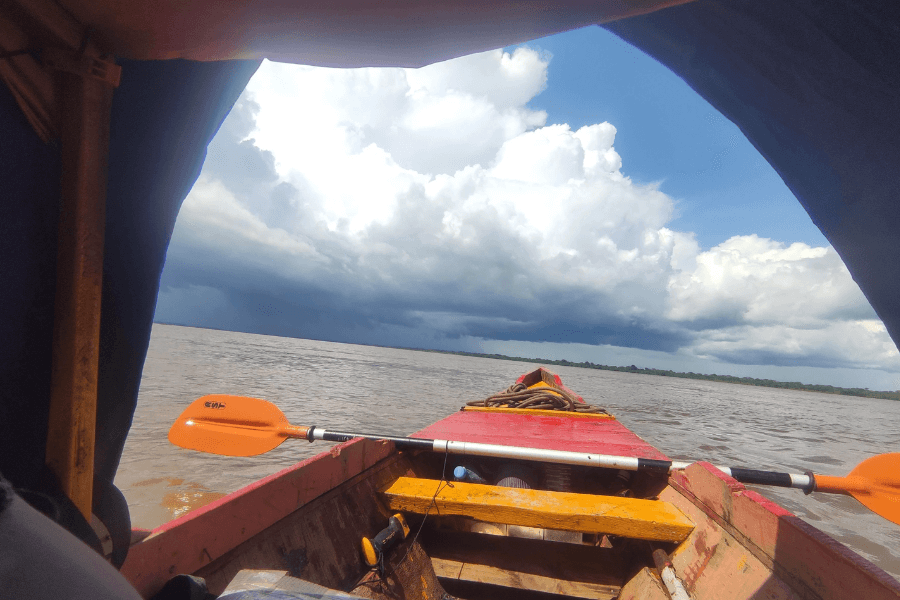
The loggers gently placed Juliane in a canoe and began the journey downriver. No motor, no snacks, but 100% better than walking.
She lay there, weak and half-starved, but finally at peace. For the first time in nearly two weeks, she wasn’t battling bugs, dehydration, or despair.
The journey lasted several hours, but eventually, she arrived at a village where proper medical help—and finally a mirror—awaited her. She looked like she’d wrestled a jaguar and lost.
The Only Survivor Out of 92 People

Juliane didn’t just survive a crash—she was the only one who did. Out of 92 passengers and crew, she alone crawled out of that green inferno breathing.
Statistically, those odds are beyond bonkers. You’re more likely to win the lottery while being struck by lightning… twice… on your birthday. And she didn’t even have Google Maps.
Her survival wasn’t just rare—it was the definition of miraculous. Every breath she took after that fall was a big, defiant “no” to death itself.
Searching for Her Mom: The Hardest Hike

Juliane initially hoped her mom had also survived. As she stumbled through wreckage, she called her name, clinging to hope like a jungle vine.
Eventually, she found her mother’s body—partially buried, lifeless, and likely killed in the fall. It was a moment no 17-year-old should ever face.
Yet she pushed on. Mourning would come later—survival had to come first. At that moment, she became part of her own rescue team, grief counselor, and wilderness warrior.
The Mini-Dress and One Sandal Situation

Juliane’s jungle couture? A sleeveless mini-dress and one flip-flop. Basically, it’s the least recommended outfit for a hike through death vines, mud, and murder ants.
She lost one shoe during the fall and used the other to test for snakes ahead. Fashion meets function meets “I’d rather not die today.”
Her survival required more than mental grit—it required physical endurance, and she had the world’s worst wardrobe. If Crocs had existed, this story might’ve been 12% easier.
No Food, No Problem: The Candy Diet
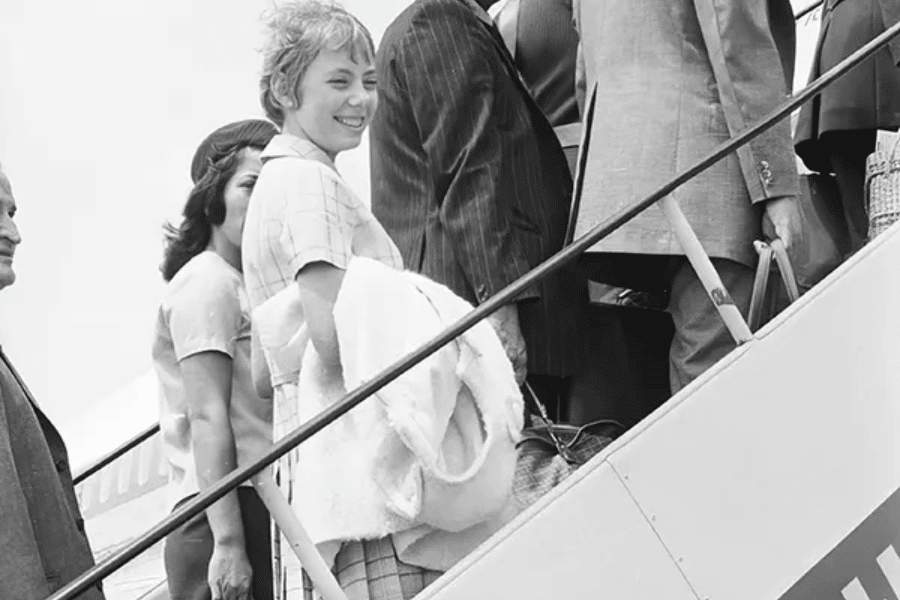
Her backpack held a few candies—her only sustenance during eleven days of wandering. Each piece was eaten slowly, stretched like edible hope wrapped in sugar.
She didn’t hunt or forage much—she was injured, near-blind, and lost. So those candies were gourmet jungle cuisine. Five-star, minty, despair meals.
That meager ration gave her just enough energy to keep moving. Who knew lemon drops could double as survival fuel and emotional support sugar?
The Water Trick That Saved Her
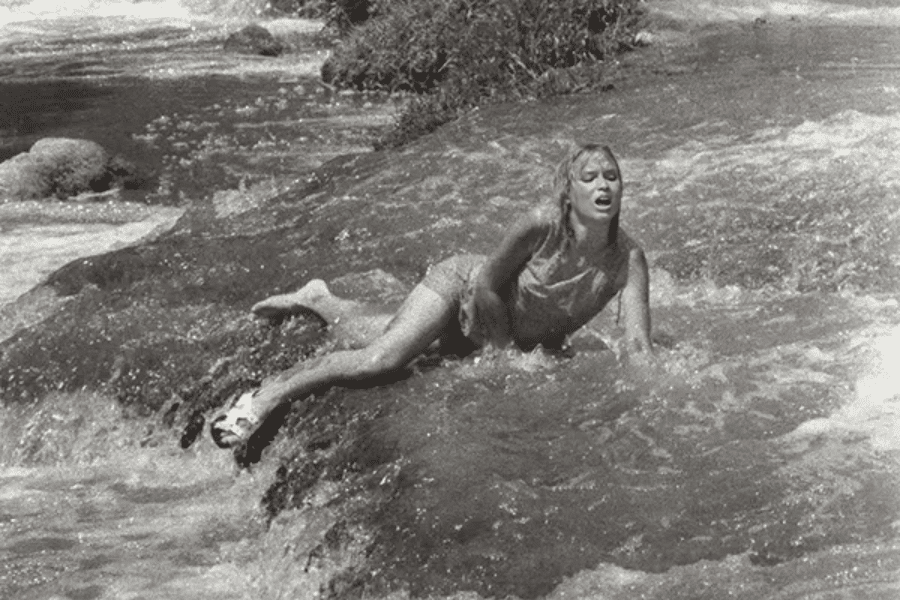
Remember Dad’s “Follow the stream” advice? That tip was a lifesaver. She followed creeks, which led to bigger rivers, and eventually, to people. Amazon GPS: activated.
Water wasn’t just her compass—it kept her hydrated, cooled her wounds, and offered cleaner routes through thick brush. Basically, a jungle superhighway.
Her strategy worked so well that it’s now considered textbook survival behavior. And to think, it all came from one biologist’s dad’s casual hiking advice.
When the Animals Didn’t Attack

Despite sleeping in the world’s most biologically aggressive forest, Juliane wasn’t mauled by anything. No Jaguars, snakes, or “Survivor: Amazon” episode has gone wrong.
Wild animals, likely scared of the crash, steered clear. Juliane’s quiet, slow-moving, wounded presence didn’t trigger their usual snack alerts.
It’s ironic—humans were the danger that day, not the jungle beasts. She coexisted with nature like an honorary rainforest ghost for nearly two weeks.
Concussions, Infections, and a Whole Lotta Ouch
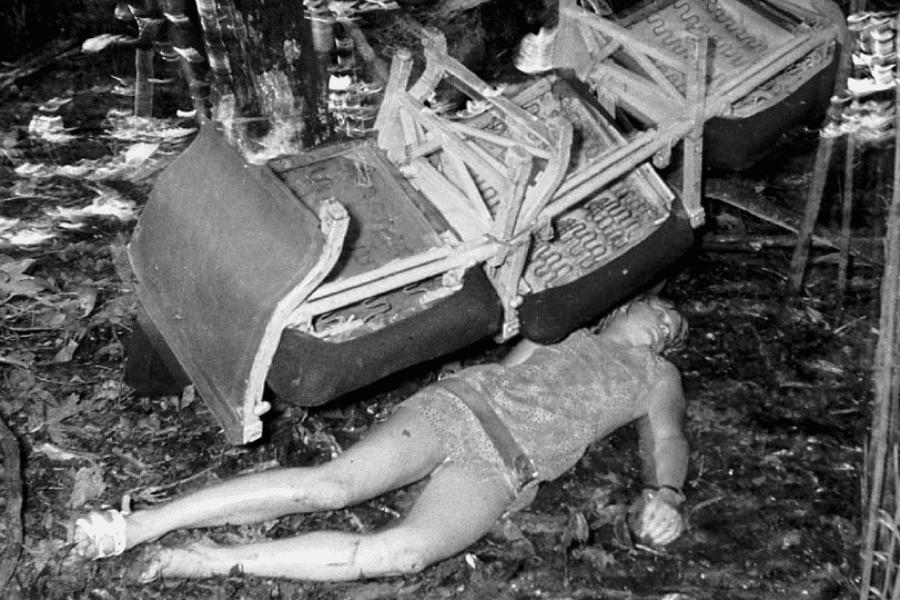
Juliane suffered a concussion during the fall. She was disoriented, hallucinating at times, and yet still managed to navigate with better instincts than most people on Waze.
Her wounds festered in the jungle heat, inviting bacteria to a microscopic party. The smell? Probably a combination of death, sweat, and fermented despair.
And yet, she walked. She kept her feet moving while her body screamed to give up. Her pain tolerance was next-level heroic—or just German-level stubborn.
Jungle Time: Days? Nights? Who Knows?
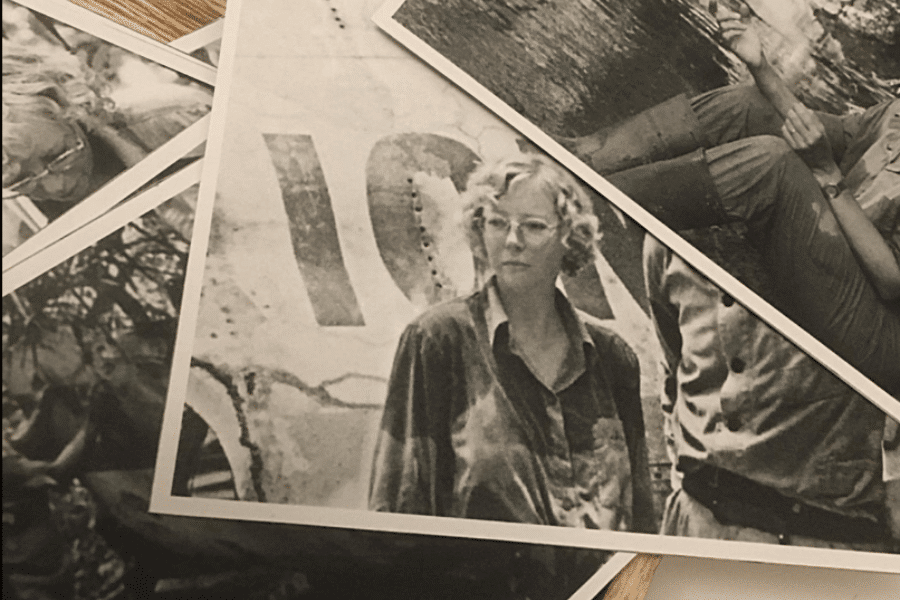
She lost all sense of time. Without a watch or sunrise alarm, she lived by the rhythm of hunger, fear, and the occasional bug bite symphony.
The jungle doesn’t come with clocks. It comes with howler monkeys, sudden downpours, and existential dread. Time in there feels like a weird dream.
Each day blurred into the next, measured only by footsteps and sheer exhaustion. She was a ghost girl drifting through a green maze of survival.
Childhood in the Wild Helped Prepare Her

Juliane spent her early years in Peru, exploring jungles with her biologist parents. She wasn’t exactly Bear Grylls, but she could identify a venomous snake on sight.
Her parents taught her the rainforest wasn’t just dangerous—it was complex, full of life, and, when respected, survivable. That lesson saved her life.
While others might panic, she relied on what she knew: follow the water, stay calm, and avoid predators. Her childhood adventures paid off most extremely.
She Walked Past Corpses Like a War Zone
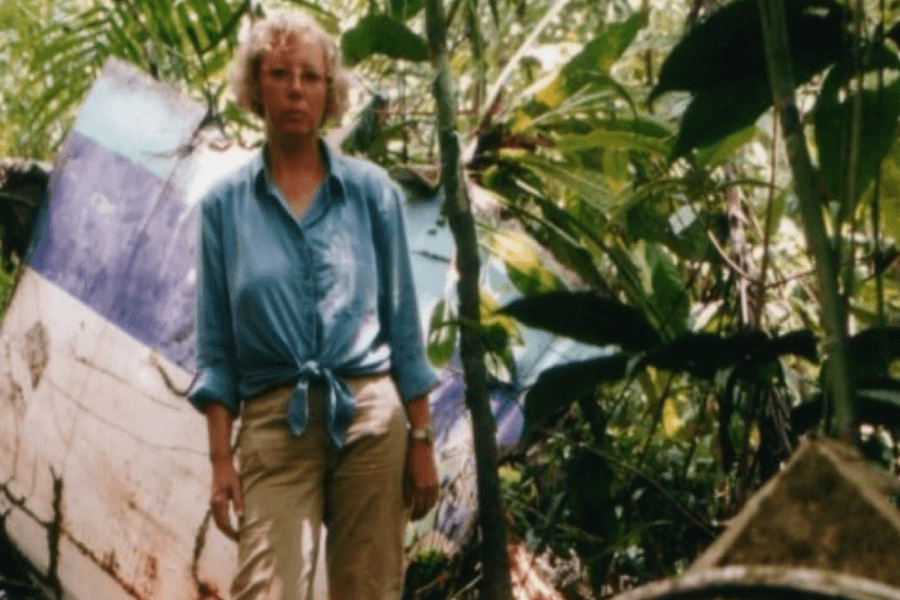
Juliane came across several bodies—some partially decomposed, others disturbingly intact. It wasn’t a horror movie. It was her reality, and she had to keep walking.
Each corpse reminded her of her own mortality. They weren’t strangers—they were seatmates, crew, fellow travelers. It was gut-wrenching, but she couldn’t stop.
She later admitted it hardened her. When death surrounds you, emotions go on pause. Survival becomes the only item on the emotional to-do list.
No Rescue Crews in Sight
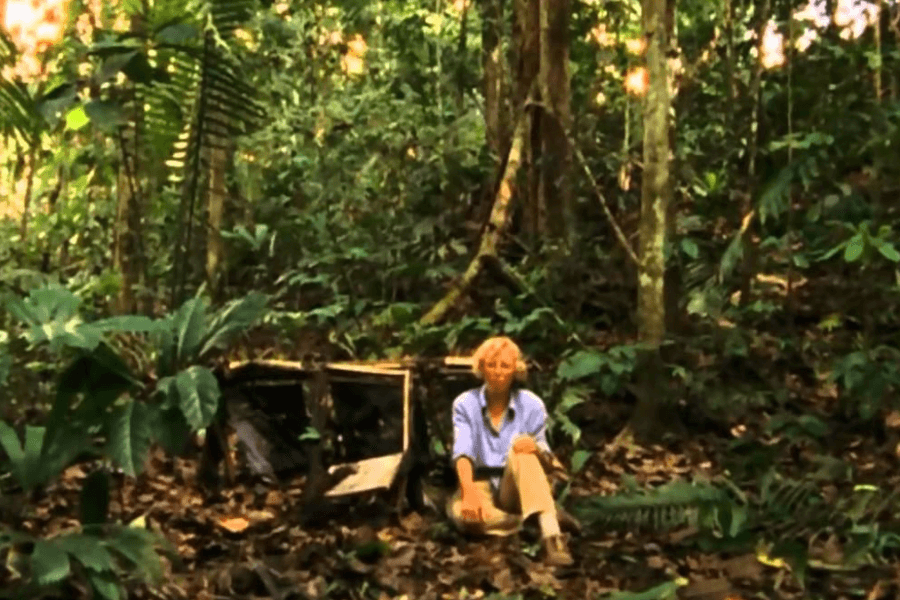
Incredibly, no search teams spotted her. Planes flew overhead, helicopters scanned the terrain—but the jungle swallowed her whole. She was invisible beneath the canopy.
The storm and the spread of wreckage hampered rescue efforts. Some believed no one survived. Juliane was presumed dead for days.
Her self-rescue wasn’t optional. If she hadn’t walked out, she likely never would’ve been found. She wasn’t rescued—she rescued herself.
Navigating While Half-Blind
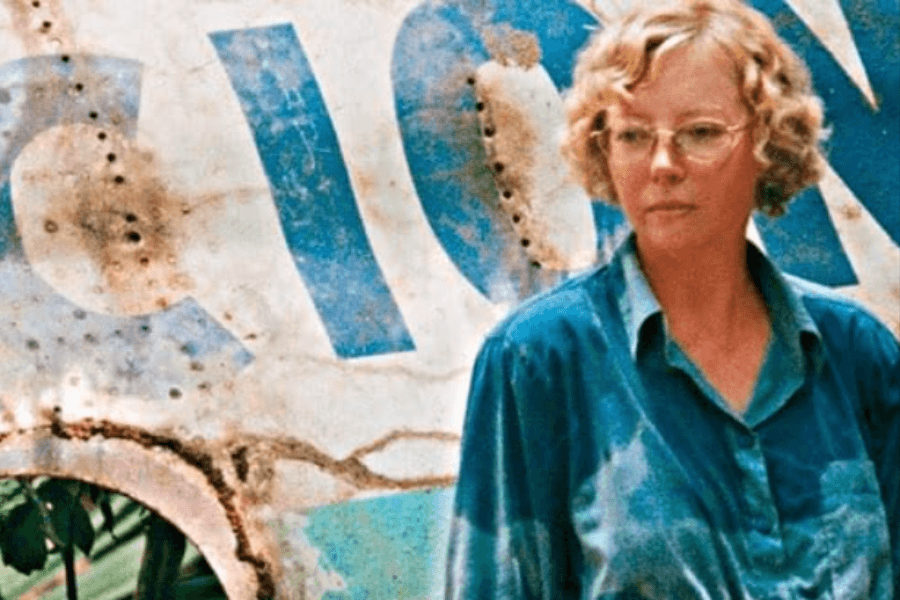
Juliane had extreme myopia. Without glasses, her world became a fuzzy watercolor. Danger lurked in every blurred leaf, every vine that looked like a snake.
She navigated through instinct, memory, and touch. Her survival was partially blind luck—and we mean that quite literally.
Her ability to move forward without panicking proves the mind can adapt fast. When one sense falters, the others kick in like an unpaid intern during crunch time.
Reunion With Her Father: Joy Meets Tragedy
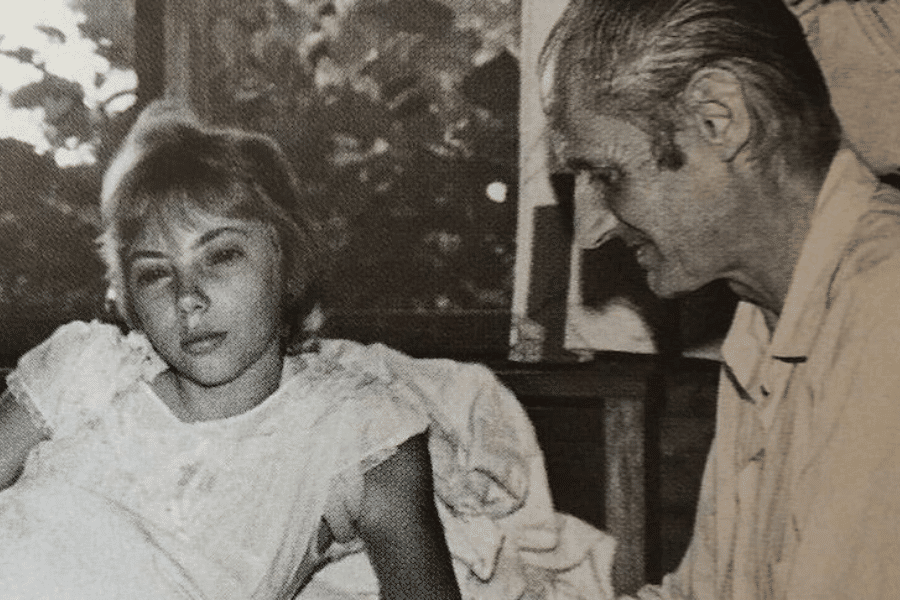
At the hospital, Juliane was treated for dehydration, infection, and general jungle trauma. She also received the emotional shock of learning her mother hadn’t survived.
Her father, a fellow biologist, was overwhelmed. Seeing his daughter alive after being presumed dead was probably the biggest plot twist of his entire career.
While the reunion was joyful, it was bittersweet. Their bond was unbreakable, but grief loomed heavy. Juliane had survived the impossible—only to face a brutal emotional reality.
Media Mayhem: Survivor Becomes Sensation
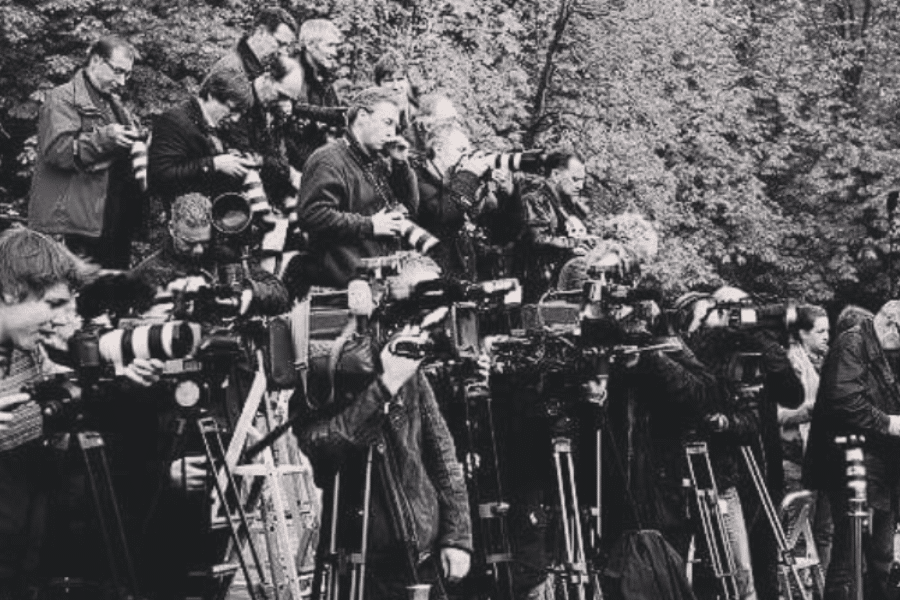
Juliane’s miraculous story quickly went global. Headlines screamed about the “Girl Who Fell From the Sky.” The media swarmed her like paparazzi on caffeine.
Reporters begged for interviews, photos, and even reenactments of her fall. Because obviously, what every traumatized teen wants is to re-do her near-death experience on camera.
Juliane handled it with grace, even though she would’ve rather been left alone with some soup and a therapist. But her story was just too wild to ignore.
PTSD? Oh, Absolutely.
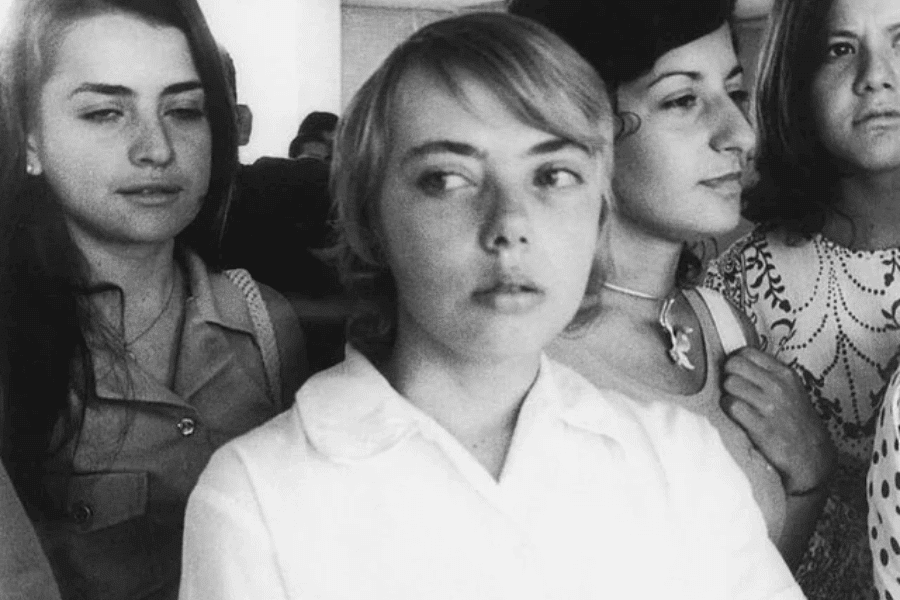
For years, Juliane struggled with PTSD. Loud noises, thunder, even trees triggered flashbacks. The jungle came home with her—not in a friendly postcard way.
She experienced survivor’s guilt, recurring nightmares, and depression. The mental wounds lingered long after the physical ones had healed.
But therapy, time, and science helped her cope. She found meaning through research, nature, and occasionally telling her story—when she was ready, not when the media demanded it.
A Return to the Crash Site: Facing Demons
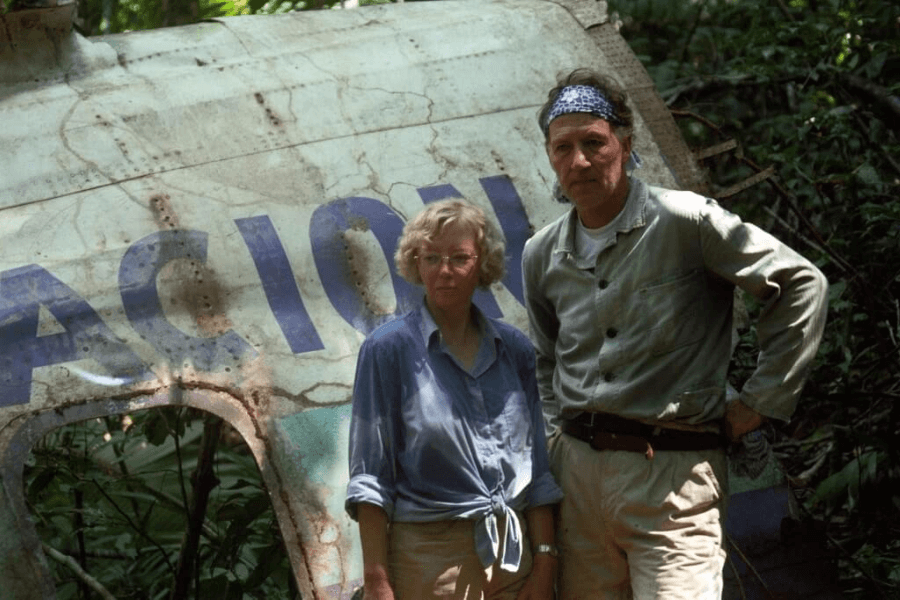
Years later, Juliane returned to the crash site with filmmaker Werner Herzog because revisiting trauma is apparently how Germans bond creatively.
They retraced her jungle path for the documentary Wings of Hope. Juliane calmly pointed out landmarks, as if giving a neighborhood tour—just with more maggots.
Her return wasn’t about spectacle. It was closure. She faced the place where the sky broke her life in two—and walked through it with steel in her soul.
Werner Herzog Almost Took the Same Flight
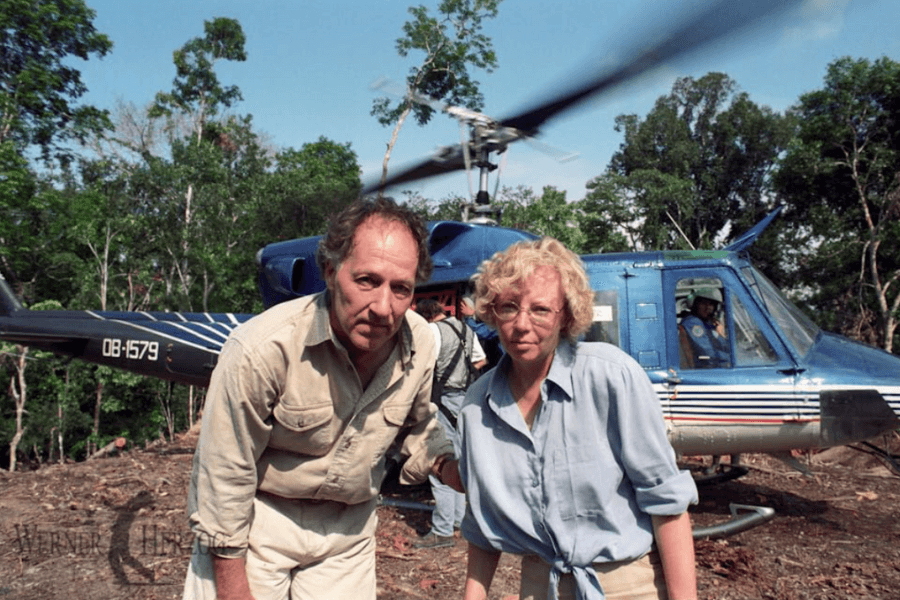
Speaking of Herzog, here’s a wild twist: he was supposed to be on LANSA Flight 508! Yeah. He narrowly missed becoming an Amazon pancake himself.
The film director was stunned to learn that Juliane had survived the crash he had almost joined. Naturally, he had to meet her and tell her story.
Their connection added a layer of eerie coincidence to an already unbelievable tale. Herzog wasn’t just documenting history—he’d almost been part of it.
Zoologist Life: From Survivor to Scientist

Juliane didn’t become a celebrity or motivational speaker. Nope. She became a zoologist because clearly the jungle didn’t traumatize her enough the first time.
She specialized in bats—creatures that fly but don’t crash into jungles. Her love for animals never dimmed, not even after nature drop-kicked her into a tree.
Her scientific work was quiet and methodical, a total contrast to the chaos of her teenage years. It was her way of making peace with the natural world.
Her Memoir: “When I Fell From the Sky”
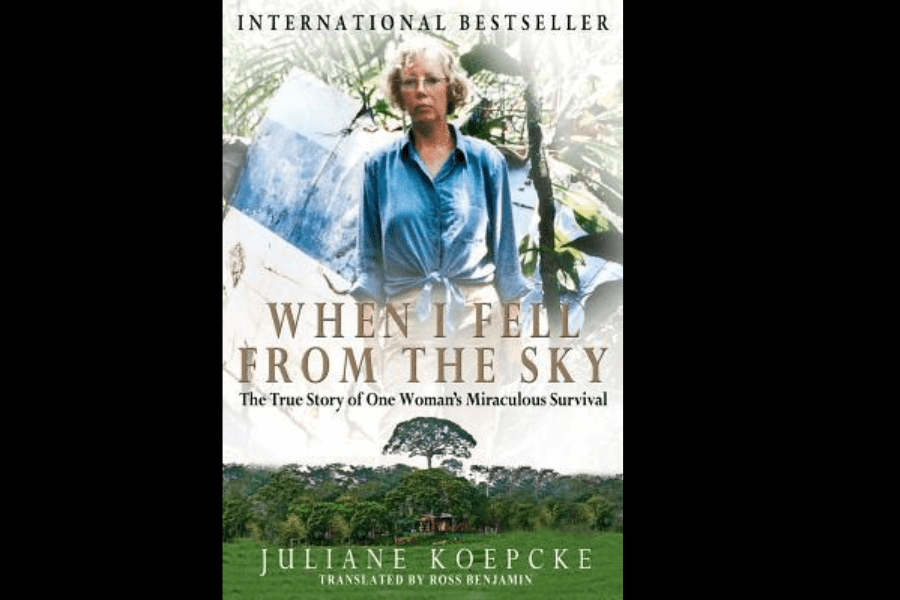
Juliane eventually wrote a memoir with the most accurate title ever: When I Fell From the Sky. And yes… she fell very, very far.
The book chronicled not just the crash and survival but the emotional scars that lingered for decades. Falling is fast. Healing? Much slower.
Despite the painful memories, she told her story with clarity and compassion. She didn’t want pity—she just wanted to share the truth behind the miracle headline.
A Reluctant Hero
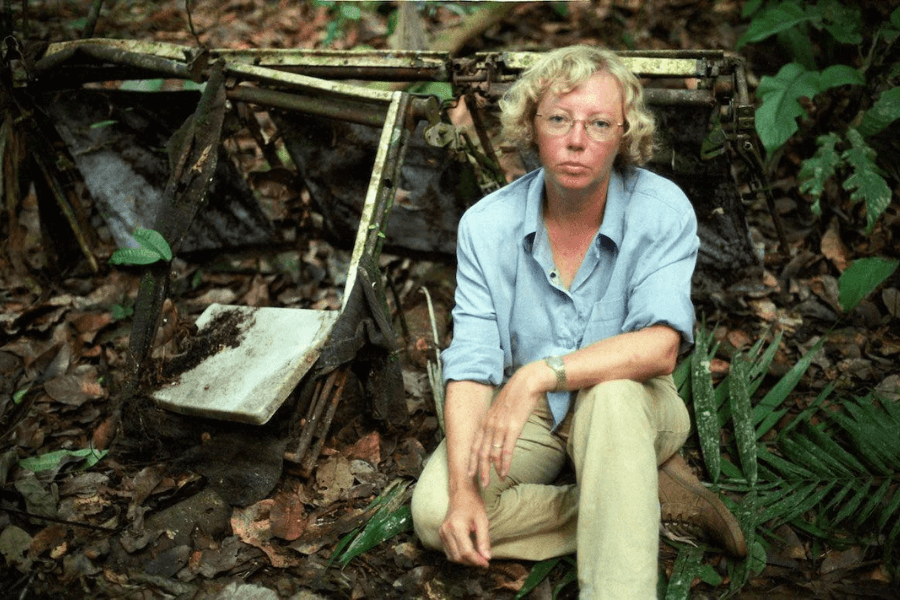
Juliane never wanted fame. She didn’t start an inspirational YouTube channel or sell “I Survived the Jungle” T-shirts. She just wanted a quiet life.
She spoke publicly only when it helped others or supported causes she cared about. No TED Talk tours, no jungle merch drops—just honesty.
Her humility makes her even more remarkable. In an age of influencers, Juliane stayed grounded—ironically, more grounded than the plane she flew on.
Aviation Experts Still Study Her Case

Aviation nerds, survivalists, and physicists still wonder how she lived. Juliane’s story remains a masterclass in physics-defying luck and human toughness.
Experts believe the jungle canopy, her seat, and air resistance all aligned perfectly. Basically, she threaded the needle of death like a jungle Olympian.
No simulation can fully explain it. Her survival was a fluke wrapped in instinct and sprinkled with science. Or, in short, a miracle in sandals.
Her Legacy: Survival, Science, and Sanity
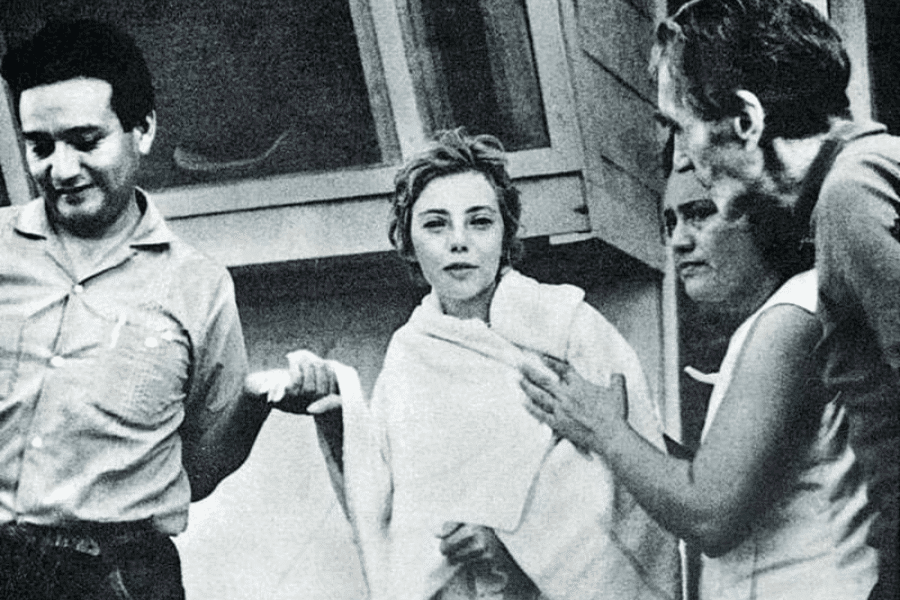
Juliane’s legacy isn’t just survival—it includes grace under pressure, curiosity in chaos, and finding purpose after profound loss. She turned horror into humility.
Her story is taught in schools, examined in documentaries, and whispered in airplane aisles during turbulence. She became a legend, reluctantly but undeniably.
And yet, she never let it define her. She chose a life of quiet study over loud fame. And that may be the most heroic part of all.
Paparazzi and Crash Dummies

At one point, a media outlet tried to reenact the crash using dummies and seats. Classy. Because nothing says healing like a mannequin thrown from a plane.
Juliane was horrified. Not just by the insensitivity, but by the spectacle. Her pain was turned into morbid entertainment.
She declined countless offers for dramatizations, reality specials, or films. She didn’t want fame. She just wanted dignity and a quiet life among her bats.
Inspiration for Countless Survivors

Her story has inspired hikers, pilots, and anyone who’s ever had a bad vacation. She’s proof that the human will to live is stronger than physics sometimes allows.
Survival experts teach her techniques. Parents tell their kids about her resilience. And writers like me can’t help but turn her into an epic jungle myth.
Juliane never asked to be a hero. But through grit, brains, and barefoot hustle, she became one. Accidental icon status: unlocked.
Survival Tactics Now Taught in Classes

Juliane’s story is now textbook survival content—literally. Her instincts, decisions, and calm under pressure are discussed in survivalist courses and wilderness first-aid seminars worldwide.
She didn’t have a knife, compass, or fancy backpack. Just grit, one shoe, and a working brain. And somehow, she out-survived everyone with a Goop subscription.
Her journey reminds students that knowledge matters more than gear. And maybe that trauma can, weirdly, be one heck of a lesson plan.
Her Story Was Almost Lost to Time

If Juliane hadn’t made it out, her incredible story would’ve vanished with the rest of Flight 508. The jungle would’ve swallowed it all, silence included.
No black box was recovered, and there was no clear cause for many years. Only she held the story in her scarred body and stubborn memory.
Her voice became the lone testimony of a tragedy no one else lived to describe. Every fact we know starts with her survival.
The Plane Wreckage Took Decades to Decay
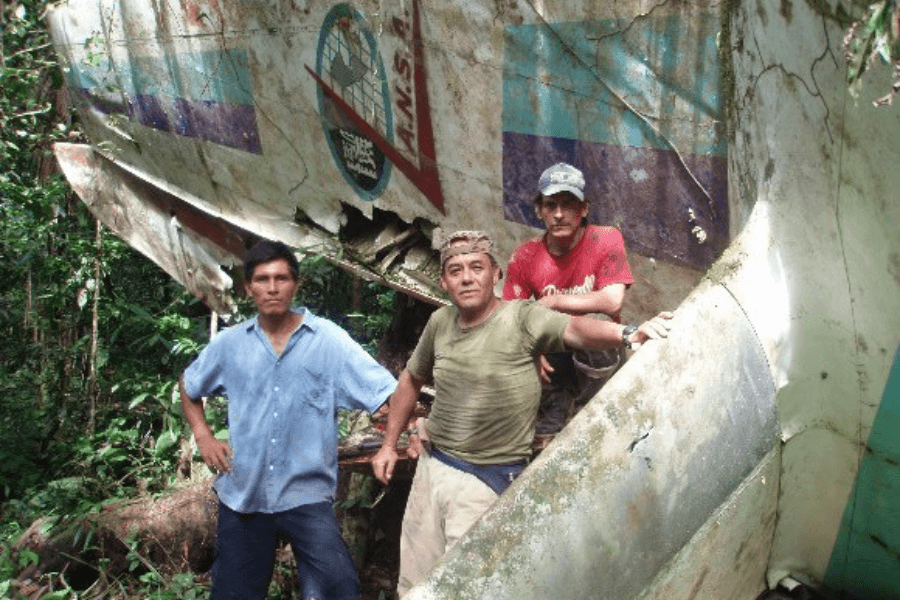
Years after the crash, parts of the plane still sat among the vines, metal slowly rusting into the soil like forgotten bones of a mechanical beast.
The rainforest is vast, but it doesn’t forgive quickly. For locals, the wreck became a haunted reminder of Christmas Day turned fatal.
Even today, jungle explorers occasionally stumble across fragments—bits of wings, seat cushions, or luggage—relics from a tragedy suspended in time.
She Wasn’t Religious, But She Had Faith

Juliane didn’t turn to religion in the jungle. She turned to reason. But that didn’t mean she lacked hope—it was built from science and survival logic.
She believed she could make it. Not because angels were watching, but because she trusted her instincts and her father’s weird water-navigation advice.
Her faith wasn’t in fate—it was in physics, probability, and the belief that her next step might lead to something better than bugs.
Her Later Life Was Wonderfully Quiet
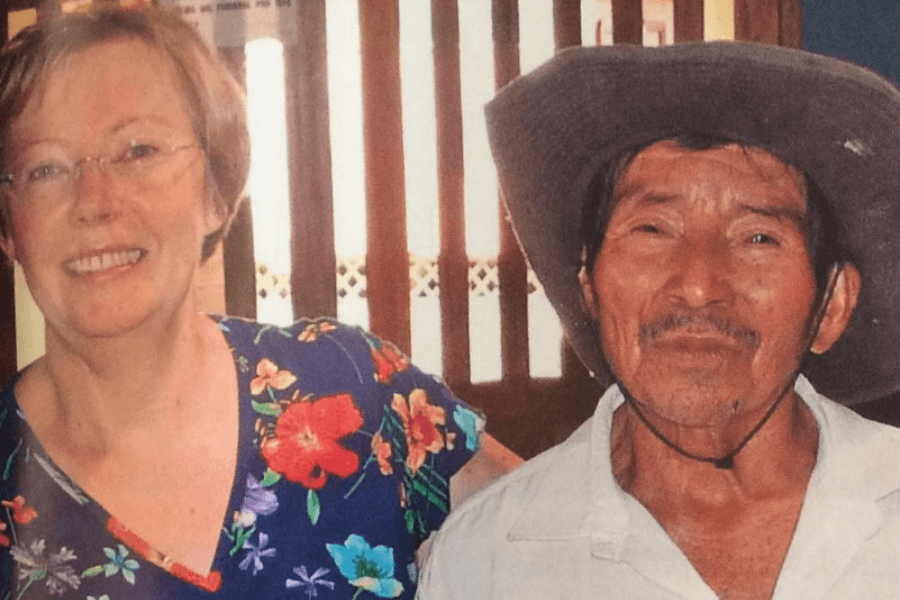
Despite surviving something Oscar-worthy, Juliane didn’t spend her life on red carpets. She studied, worked in science, and gave exactly zero jungle-themed TED Talks.
She married, lived in Germany, and pursued a passion for flying mammals instead of falling through clouds. (Bats. She studied bats. Not angels.)
Her quiet life was a middle finger to trauma. She didn’t let fame define her. She let healing—and echolocation—lead the way.
She Still Visits Peru Sometimes

Juliane has returned to Peru occasionally, not for fame or nostalgia, but to connect with her roots—and the place that nearly killed her.
She visits conservation sites, studies wildlife, and honors the land with a complex mix of respect, sorrow, and scientific curiosity.
To her, Peru isn’t just the crash site. It’s home. It’s memory. And it’s a reminder that the jungle both scarred and saved her.
She Once Said She Felt Like a Puzzle Piece

In interviews, Juliane once described falling through the sky as “a puzzle piece falling into place.” Poetic. Terrifying. Weirdly IKEA.
That line captured the eerie calm she felt mid-fall, a surreal quiet that came before branches punched her into unconsciousness.
It’s a metaphor that stuck with people—how something so horrifying could, in a twisted way, still feel meant to be.
Critics Once Accused Her of Lying

Some skeptics questioned her story because, obviously, surviving a fall from the sky without superhero powers makes people squint suspiciously.
They called it exaggeration, luck, even fabrication. But forensic evidence, survivor accounts, and logistics backed her every word like a scientific mic drop.
Eventually, the noise died down. It turns out that jealousy and disbelief don’t hold up well against facts and one indestructible teenager with maggot-removal street cred.
Her Survival Sparked Aviation Reform

Juliane’s crash wasn’t just a tragedy—it was a wake-up call. Investigations led to scrutiny over outdated planes and questionable decisions to fly through storms.
Airlines began improving weather radar, pilot training, and storm avoidance procedures. Nobody wanted a repeat of Flight 508.
So in a twisted silver lining, her survival helped save lives by prompting the aviation industry to say, “Hey, maybe don’t fly directly into lightning.”
The Ultimate Takeaway: Resilience, Not Just Luck
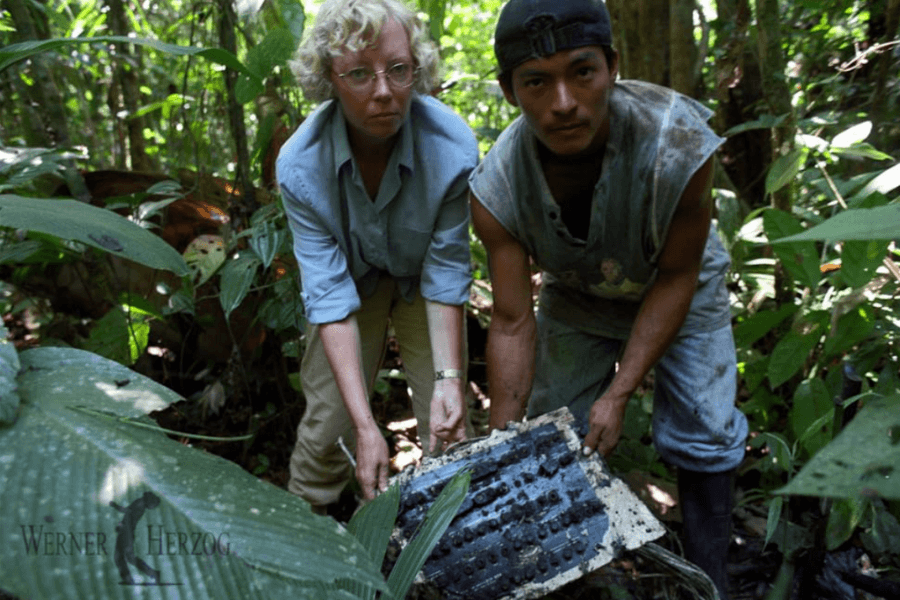
Juliane’s story isn’t about being lucky. It’s about what you do after luck runs out: grit, trauma, instincts, and choosing to keep walking.
She reminds us that survival is messy, smelly, lonely—and deeply human. It’s not glamorous. It’s just breathing, deciding, and limping forward.
In the worst moment of her life, Juliane became proof that humans can endure just about anything. Even falling from the sky in a sundress.
